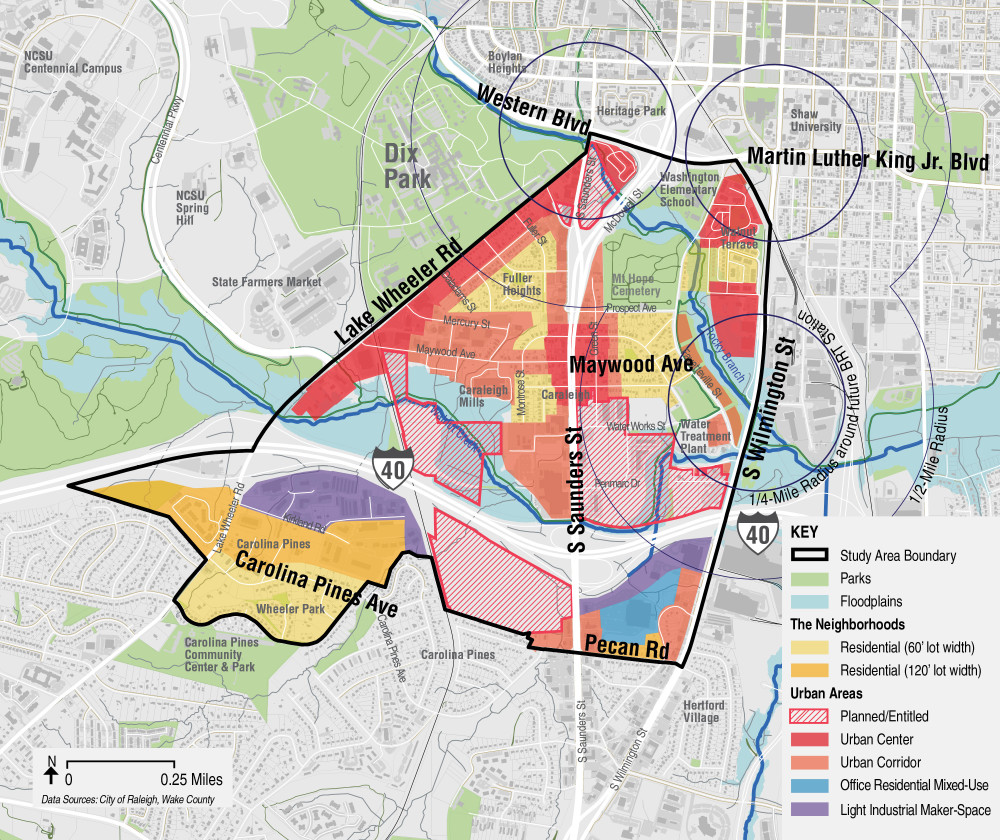Dix Edge Area Study Phase Later Survey
Dix Edge Area Study Phase Later Survey
The Dix Edge Area Study is a planning study focused on the communities south and east of Dix Park. The study looks at transportation, affordable housing, land use, and urban design. This round of engagement will confirm the preferences for policies and projects we heard in the last phase.
More information about the project can be found on http://raleighnc.gov/dix-edge. New to the study? Watch this short video to get caught up.
La encuesta también está disponible en español aquí: https://publicinput.com/FaseTarde
You can also contact Project Manager Sara Ellis with any questions or comments or if you have any technical difficulties with the survey at 919-996-2234 or Sara.Ellis@raleighnc.gov.
Edited for clarity on 8.21.21. The following map represents a combination of the preferences stated by participants (during Phase Soon) relative to where they said they would accept different types of development, and relative to where and how the greatest amount of affordable housing can be provided given the level of planned road and other infrastructure. Please indicate your level of support for the recommendations for the red, orange, and yellow areas. Click to make the map larger.
Note: While affordable housing can occur in any location, the number and type of units allowable may vary by the location.

